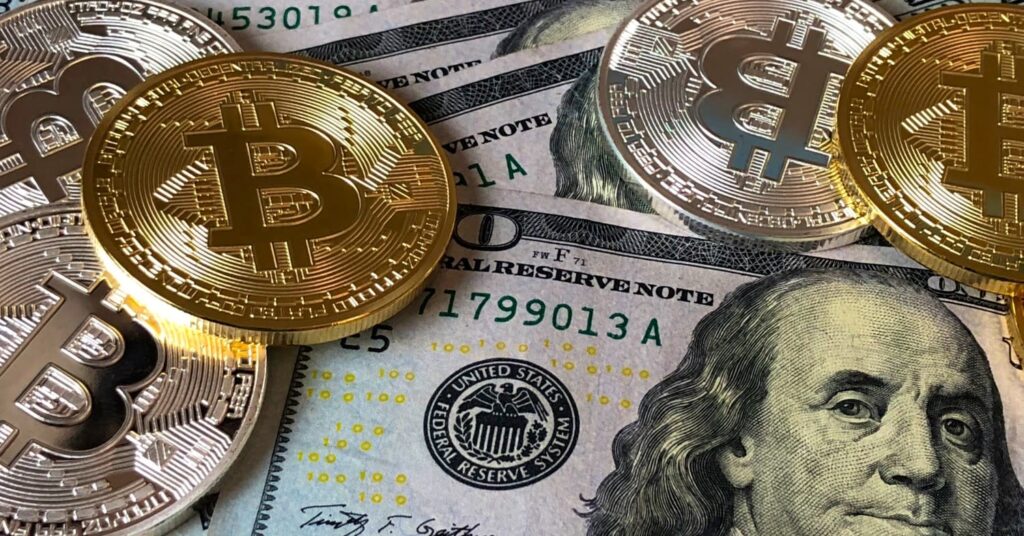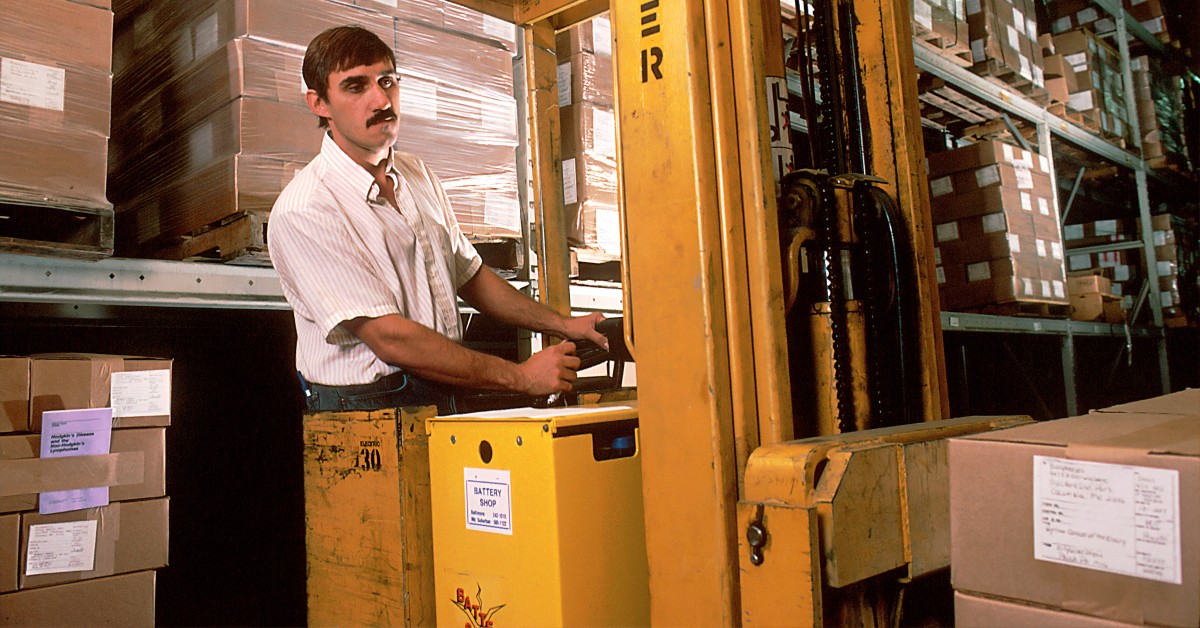
What Is Information Technology?
The term information technology covers a wide swath of computing [...]

You’ve probably heard of blockchain technology in relation to cryptocurrencies like Bitcoin and Ethereum. But blockchains do more than enable cryptocurrency transactions; use cases include securing data and real-time analytics.
So, what is blockchain? Simply put, a
blockchain network is just a group of linked, verified datasets. Multiple servers, usually called miners or validators, collaborate to establish the data. A correctly established blockchain is nearly impossible to tamper with because it’s decentralized. That means many computers agree on the data, so hackers can’t change the entire system by going after one.
Decentralization is the main appeal of blockchain technology—all real-world applications stem from it. Though the industry is still in its infancy, organizations utilize blockchain systems to advance supply chain management practices, validate medical records, and more.
Read on for an answer to the question how can blockchain improve data analytics? This article covers:
Data analysts currently use blockchain technology to:
Data analysts can glean quality insights from the high-integrity, real-time data produced by secure blockchain transactions. Because all validated data lives on one blockchain, it’s much cleaner. It’s like folding your clothes and organizing them in drawers instead of dumping everything on the floor.
Medical researchers are trying to codify huge quantities of genome sequencing data from disparate labs worldwide using blockchain technology. It could help create a COVID-19 research database with greater speed and accuracy than traditional methods. A database of this scale would help health informatics professionals easily gain and share insights.
Transparency is the backbone of blockchain. Because the blockchain is open source, different agents can access the same data (provided they have the proper codes). Here’s how it might work: one company establishes a data lake and shares the access point with other stakeholders. These agents trust the data because they can see it’s verified on the blockchain. This differs from cloud storage where someone with the access keys can upload or remove data with impunity. Here, immutability is an asset.
Analysts can see all blockchain transactions as they happen, allowing for real-time decision making. This allows financial institutions to track information with ease, for example. Crypto analysts, like Glassnode, use blockchain data to perform complex market analysis.
Traditional institutions have experimented with blockchain technology in fraud prevention. In theory, data analysts can spot potential problems in real time. The FBI even has a team that combs through blockchain transactions to catch money laundering schemes and return ransoms paid in crypto.
| University and Program Name | Learn More |
|
Pepperdine University:
Online Master of Business Administration
|
|
|
Boston College:
Master of Science in Applied Analytics
|
|
|
Merrimack College:
Master of Science in Data Science
|
This section explores a few possibilities for blockchain technology but it isn’t a crystal ball. Tech changes so quickly it’s impossible to make accurate predictions. All the previously discussed blockchain use cases can still improve.
Smart contracts are code-based, self-executing agreements. Two parties can consent to payment for a service, then write the contract to self-settle upon completion. Not only is the payment secure, but the data is transparent.
A few smart contract use cases already exist—California offers blockchain-verified marriage licenses—but their potential is not yet realized. Properly implemented, smart contracts can upend real estate and law.
NFTs are one of the most divisive and misunderstood aspects of blockchain technology. NFTs are not art but digital receipts; minting an NFT results in a verified transaction timestamp. So far, the most prominent use case for NFTs has been selling JPEGs on speculation, but the potential is far greater.
Many computer science professionals think NFTs can give people total access to their medical records. It would allow for more autonomy and faster transfer speeds. Patients would also have the choice to sell their medical data or keep it private.
In supply chain management, NFTs can improve traceability. As products move from one stop to another, professionals create secure and readable transaction data using NFTs; they can use this information to locate goods. Lenovo has already moved its supply chain from paper to digital smart contracts and upgraded product tracking capabilities and reduced mistakes in the process.
Something companies haven’t yet bought into (and may not want to) is the concept of shared data. In theory, a blockchain can compile clean and authentic data for public use. As a result, companies wouldn’t need to purchase large quantities of information from third parties. Analysts would take what they need from a large data set to make better predictions. It could level the playing field, helping small organizations improve their predictive analytics capabilities.
Blockchain is still in its infancy, with many barriers to adoption. First, blockchain data is immutable. Though many benefits exist, the drawbacks are obvious. Mistakes last forever, and corrected work must be re-uploaded.
Though the blockchain is secure, it is not completely foolproof. The crypto ecosystem has seen billions of dollars worth of hacks in the past few years, mainly as a result of user error and system bugs. Still, it’s a bad look for blockchain. A debate rages between backers of proof of work (POW) systems—slower and more expensive but more decentralized—and proof of stake (POS) systems—cheaper but easier to hack. Ethereum developers are planning to move the network from POW to POS to cut down often-astronomical fees.
Public perception will be the primary determinant in wide-scale blockchain adoption; it doesn’t matter that criminals will always find a way to steal money. If people think of crypto and blockchain as a scam, it won’t matter how good the technology is. However, blockchain may already be at the point of mass adoption because it works with internet of things (IoT) technology. IoT devices communicate with each other and the world; they can send the resulting data along the blockchain to keep it secure and accessible.
Blockchain is still an emerging technology, so most master’s programs don’t offer coursework in the subject. You can look for a program that prioritizes it, or pursue additional coursework outside the degree. Master’s in data analytics programs, including computer science master’s programs with data analytics concentrations, cover subjects like big data analytics, cloud computing, data engineering, data mining, programming (often Python), machine learning, and predictive analytics.
An analytics master’s can lead to a variety of rewarding careers. The Butler University program prepares graduates for positions like operations manager, information security analyst, database administrator, and computer systems analyst.
Other top schools with online analytics programs include:
Master’s in data science programs cover more advanced computer science topics than analytics degrees and can lead to better jobs. Common subjects include artificial intelligence, statistical modeling, machine learning, and algorithms. Plus, you’ll study data-related subjects like mining, visualization, analysis, and warehousing. Graduates can become data scientists; these professionals use data to make high-level decisions.
Top online data science master’s programs can be found at:
Questions or feedback? Email editor@noodle.com

The term information technology covers a wide swath of computing [...]

Startups emeree wherever there are good ideas and the capital [...]

If days full of procurement and logistical problem-solving sounds like [...]

A STEM MBA can position you for a high-level management [...]

Supply chain managers oversee the production, transportation, and sale of [...]
Categorized as: Business Intelligence & Analytics, Data Science, Information Technology & Engineering